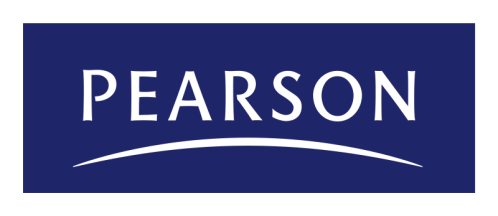
Apple founder Steve Jobs with the Ipad. Photo courtesy Matt Buchanan/Commons.
I recently spent three long hours holed up in a Soho wine bar trying to explain ‘open source’ to an 80-year-old author. Not only did I underestimate his resistance to the whole concept, I also underestimated my own fanaticism. Open source, to me, is a beautiful thing. A catalyst for opportunity. It’s the reason I can now build websites having worked in publishing for ten years and had no formal technical training. Call it divine intervention. So when my author (whose opinions reflect those of many publishing people) says that this open source thing represents the “death of opportunity for book people” because it rejects authorship and authority and encourages taking stuff for free, I can’t help but think the book world is missing out on one almighty opportunity – the opportunity to remain sustainable and relevant for future generations. The fundamental issue is that we are mistaking opportunity for threat because as non-technical people we take the whole concept literally. For publishers to embrace open source it needs to be applied conceptually, not practically.
Revenue streams for publishers and their authors is the crucial thing and as my author rightly asked “how the hell does anyone make money?”. “Well,” I said to him “what if I told you that open source can actually inform the most profitable of business models; that if it’s interpreted creatively, open source actually embraces and celebrates authorship; and that it can enhance the authority of a publisher and that it offers ways to balance giving stuff away for free with being profitable and sustainable?”
“Give me one example”, he says.
“Apple”, I say.
On the face of it, Apple is the antithesis of open source. Unlike Microsoft, whose business model is based on sharing their code, Apple has always vehemently guarded its intellectual property. Its approach is to have a strong focus on design, price high and tie in consumers by monopolising its products and peripherals, all the while remaining shrouded in secrecy. One would expect, then, that with the proliferation of open source and the growing expectation that things should be free Apple would struggle to survive against more liberal competitors. Indeed, when Steve Jobs returned to the company as CEO in 1997, Apple was in serious trouble so it seemed their fate was sealed. At the time, web 1.0 was starting to morph into a more interactive, convergent web 2.0 and open source characteristics were starting to bubble to the surface of internet usage. Napster, that early peer-to-peer music sharing site, came along in 1999 as did a number of early social networking sites. So, unearthing opportunity within this new open source movement presented Jobs with a major challenge. For Apple to literally embrace open source it would have to devolve the fierce autonomy that underpinned the company and that was not an option (just as getting rid of books and authors is not an option for publishing). So Jobs looked instead at the characteristics of open source and the way it affected the expectations of consumers. These characteristics are, broadly:
- Customisation: the ability to tailor content to one’s own needs.
- Interaction: hands-on involvement at the level of creation.
- Free: something for free, even if it comes at a cost.
The iPhone’s App Store (now extended to the iPad) demonstrates a masterful mergence of these three characteristics within the controlled infrastructure of Apple. Firstly, customisation: the whole idea of Apps is about letting people customise their devices. iPhone/iPad owners manage their device, and therefore feel in control, forgetting that the level of control is limited to their use of Apple’s own products. Secondly, interaction: addressed with the Software Development Kit (SDK) made available by Apple to allow anyone to build an App. Apple has provided the tools but it has also retained control by power of veto and by creating an entire infrastructure within which users must operate. And finally, free: enough low-cost, free Apps to ensure consumers are drawn to the App store where they’ll spend money elsewhere. Apple has taken the democratic framework of open-source and built a commercially viable business model.
There are two things publishers can learn from Apple:
- Not to take open source too literally. Instead, think broadly and strategically about the characteristics of this ideology and then think about how they can be woven in to existing business models. Which leads us to number 2…
- Focus on evolution, not revolution. An incremental approach to innovation will ensure that publishers can capitalise on digital opportunities without diminishing the real strengths of the book business (authorship, authority, integrity, creativity… to name just a few).
So how can you apply open source principles to your business? I’d love to hear some blue sky thoughts from publishers or if you think this is a load of baloney then send me some background on your business and I’ll challenge myself to come up with one good idea for you based on the open source philosophy.
Kristen Harrison, June 2011
 The Bookseller today reported that Pearson (Mother of Penguin, FT, Dorling-Kindersley etc) have embraced open source by releasing it’s new Plug and Play platform complete with an open API. This is excellent news for publishing. There are many advantages to using the open source approach to develop new products (some of which I have written about before in relation to Steve Jobs and Apple) – and I’m looking forward to seeing how innovative publishers will be with it.
The Bookseller today reported that Pearson (Mother of Penguin, FT, Dorling-Kindersley etc) have embraced open source by releasing it’s new Plug and Play platform complete with an open API. This is excellent news for publishing. There are many advantages to using the open source approach to develop new products (some of which I have written about before in relation to Steve Jobs and Apple) – and I’m looking forward to seeing how innovative publishers will be with it.

